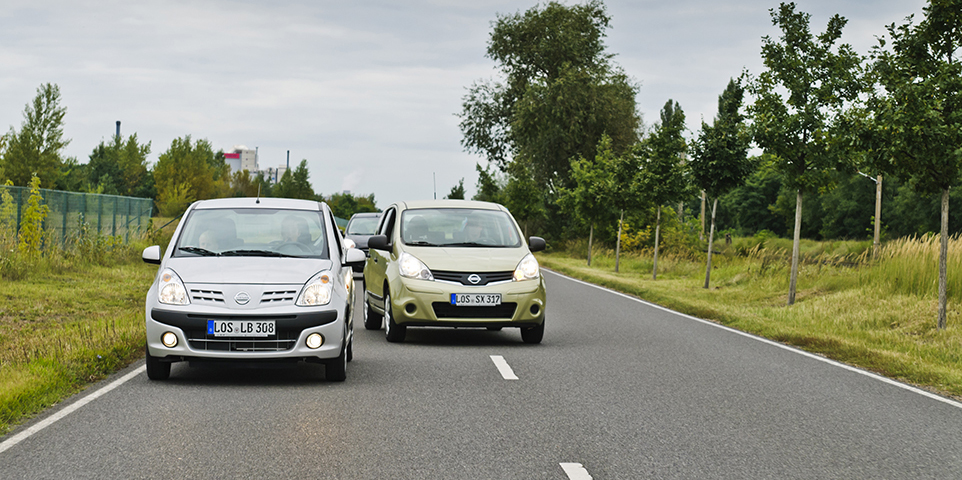MEMBERSHIP
AMPLIFY
EN ESPAÑOL
Connect With Us
- Popular search terms
- Automobile
- Home + Renters
- Claims
- Fraud
- Hurricane
- Popular Topics
- Automobile
- Home + Renters
- The Basics
- Disaster + Preparation
- Life Insurance

The National Highway Traffic Safety Administration (NHTSA) defines aggressive driving as, “the operation of a motor vehicle in a manner that endangers or is likely to endanger persons or property.”
According to the AAA, aggressive driving is any unsafe driving behavior performed deliberately and with ill intention or disregard for safety, including:
According to NHTSA, speeding as categorized by one or more of these behaviors accounted for 18.5 percent of fatal crashes: driving too fast for the conditions, driver over the posted limit, or racing.
|
(1) Number of drivers and motorcycle operators.
(2) The sum of the numbers and percentages is greater than total drivers as more than one factor may be present for the same driver. Beginning in 2022, operators and passengers of motorized bicycles are captured as pedal cyclists when involved in a motor vehicle traffic crash.
Source: U.S. Department of Transportation, National Highway Traffic Safety Administration.
AAA Foundation for Safe Driving, How to Avoid Aggressive Driving.